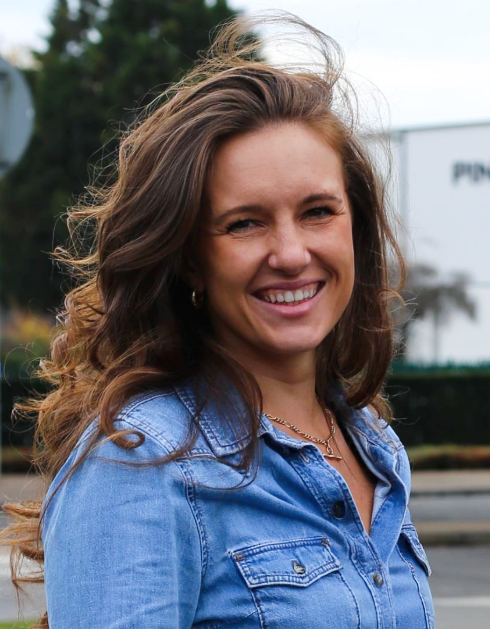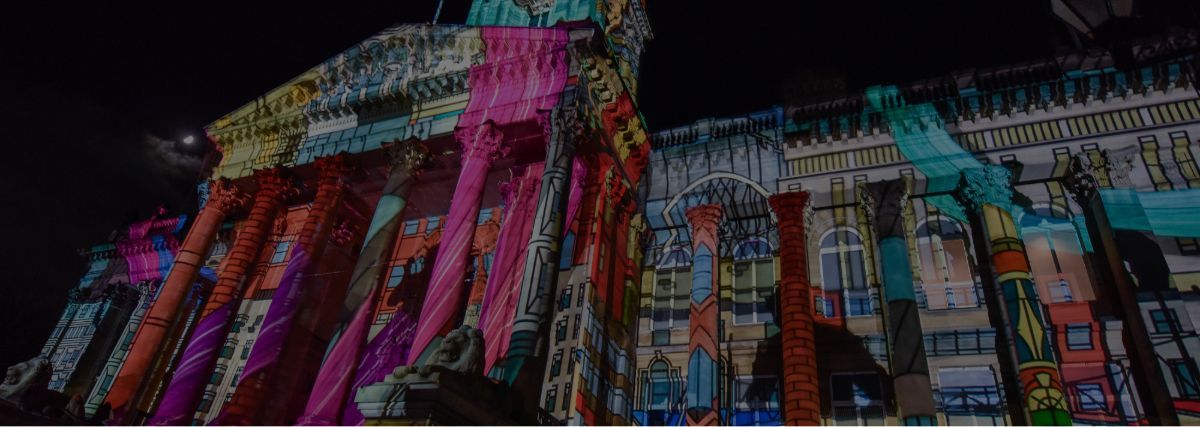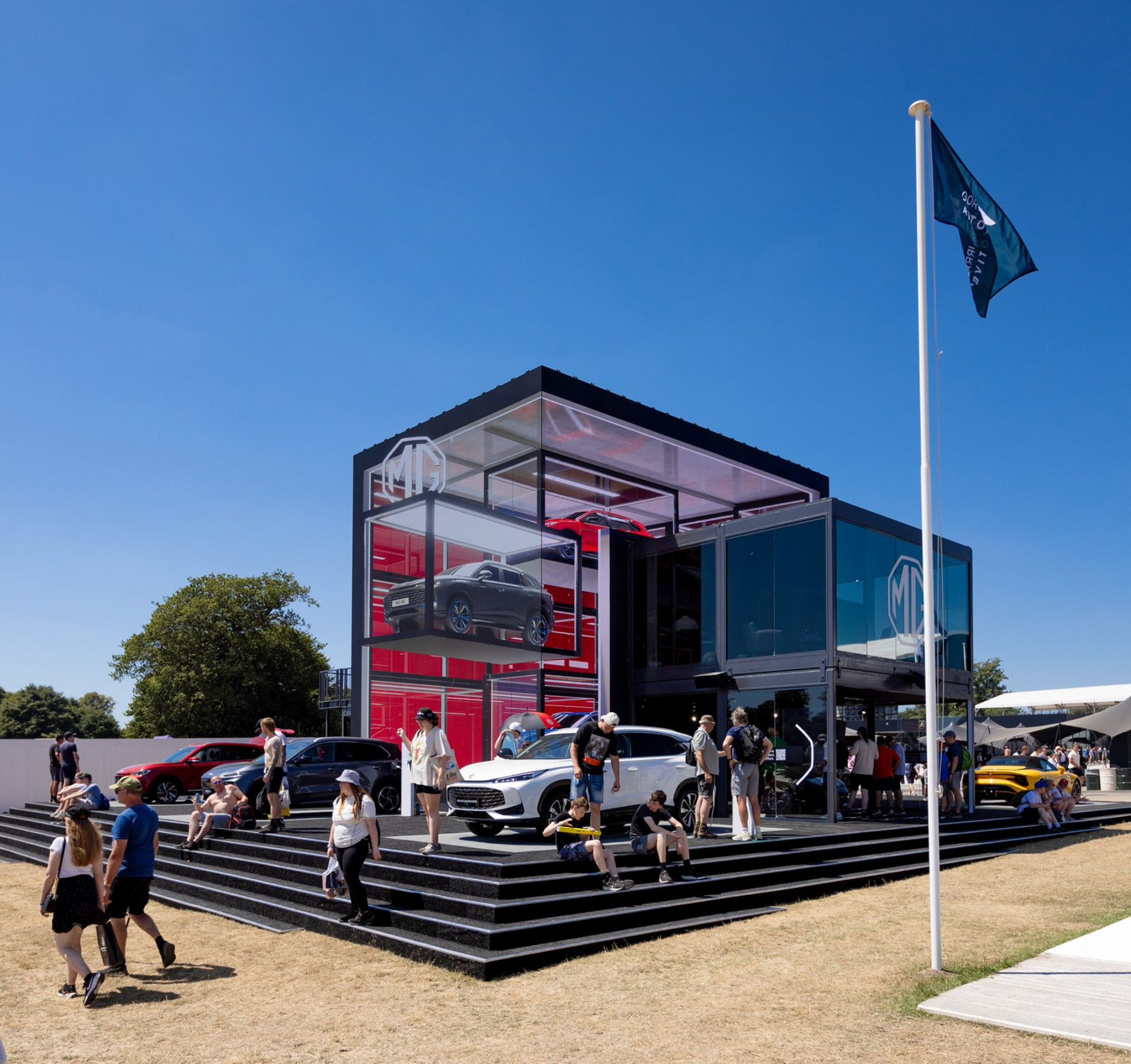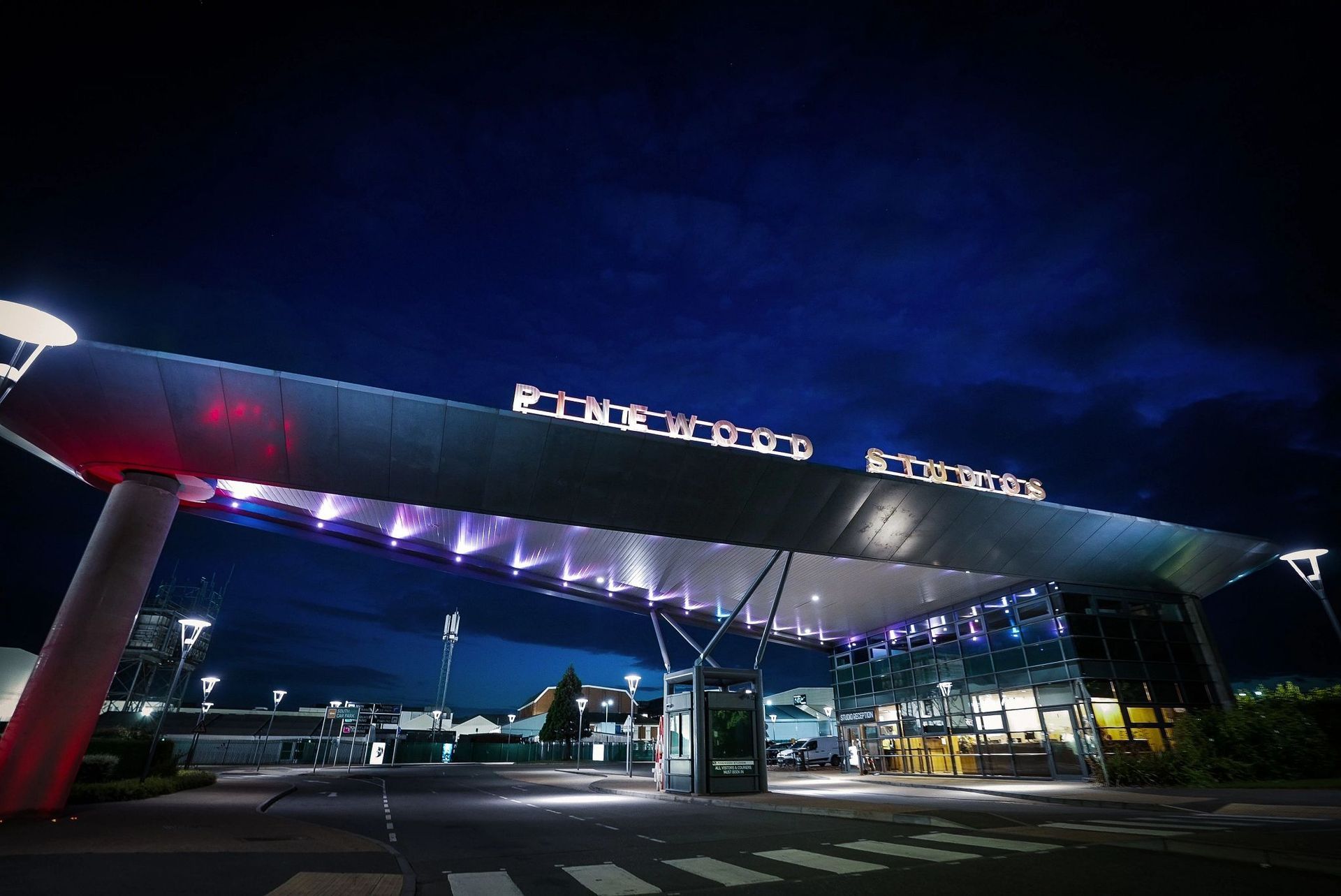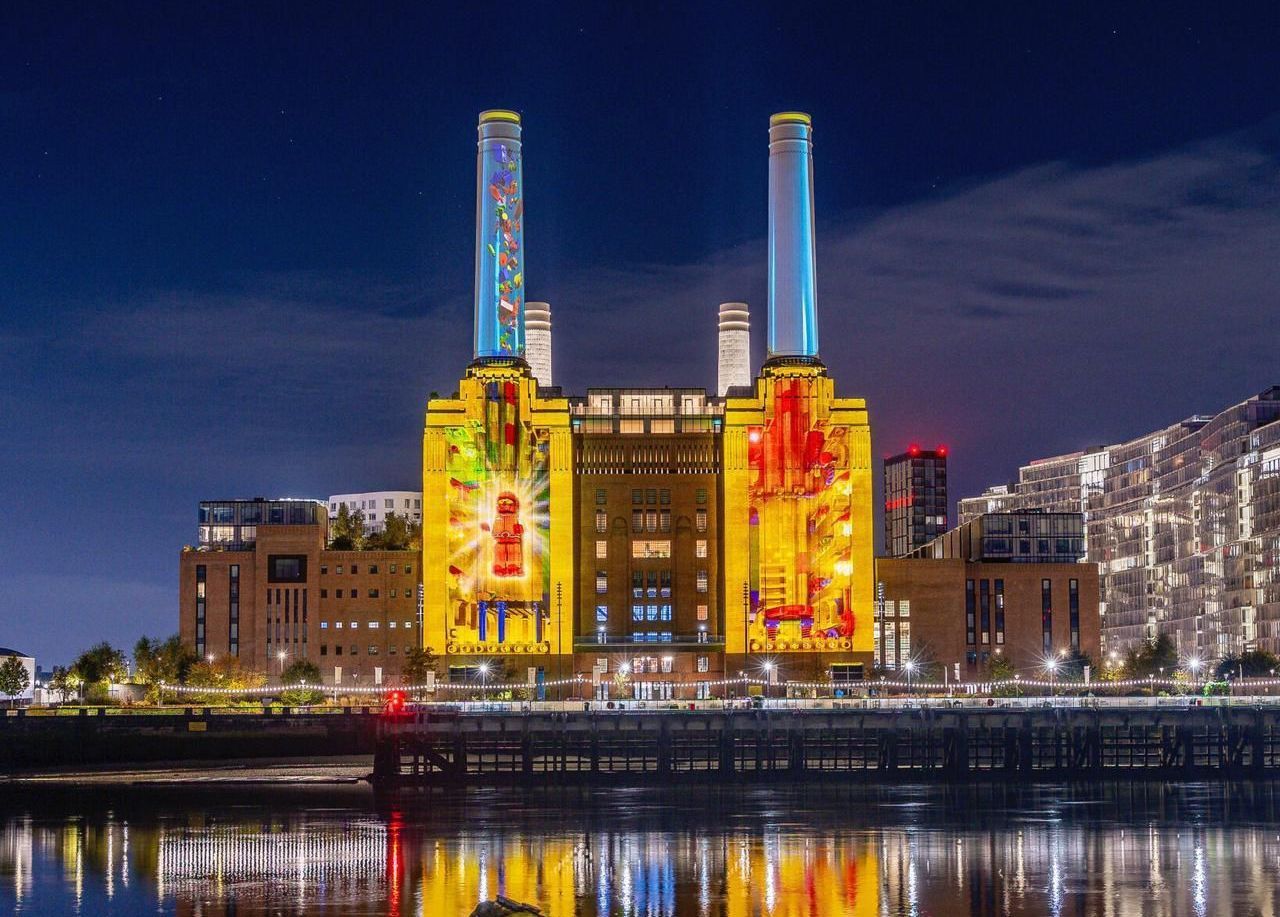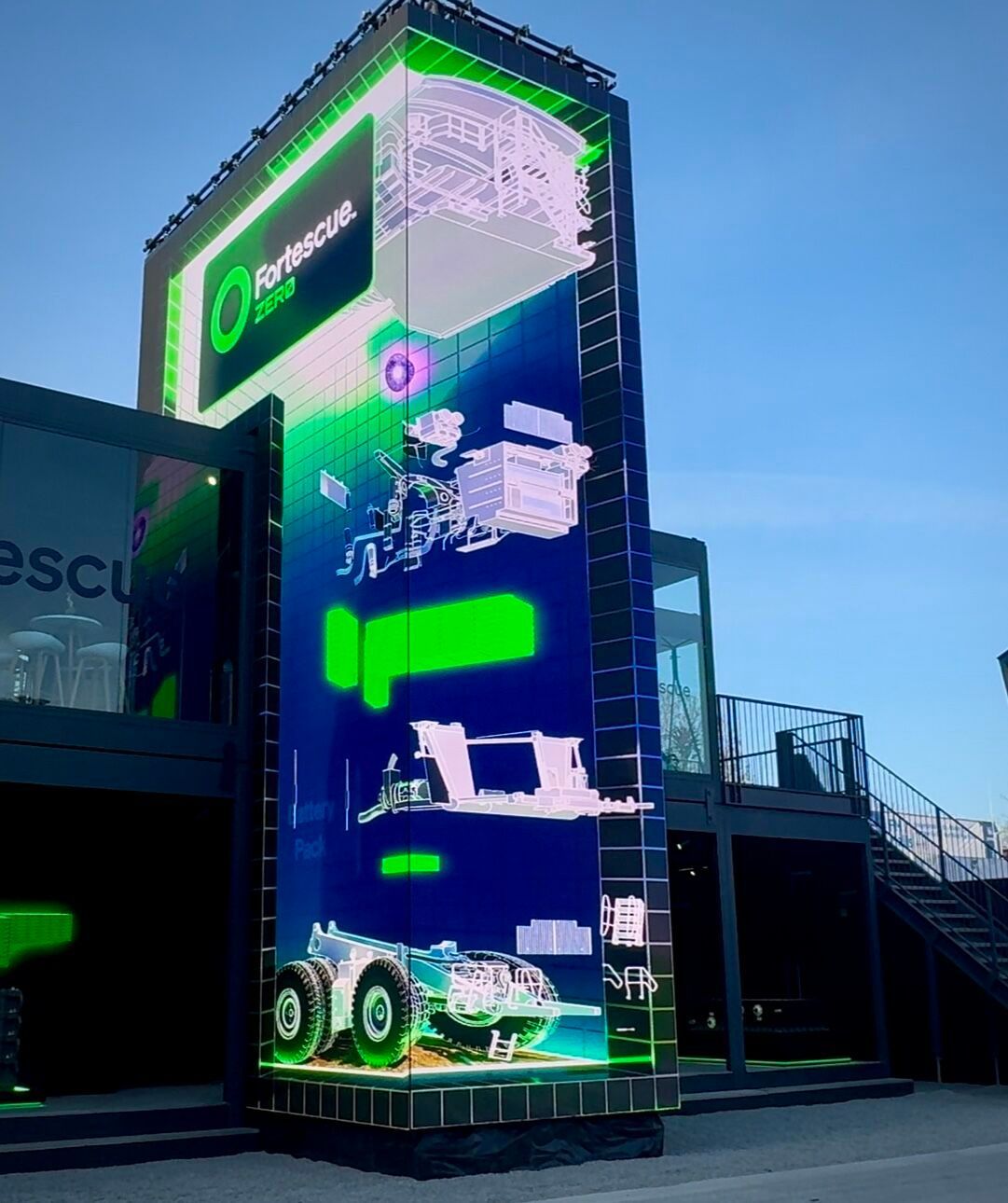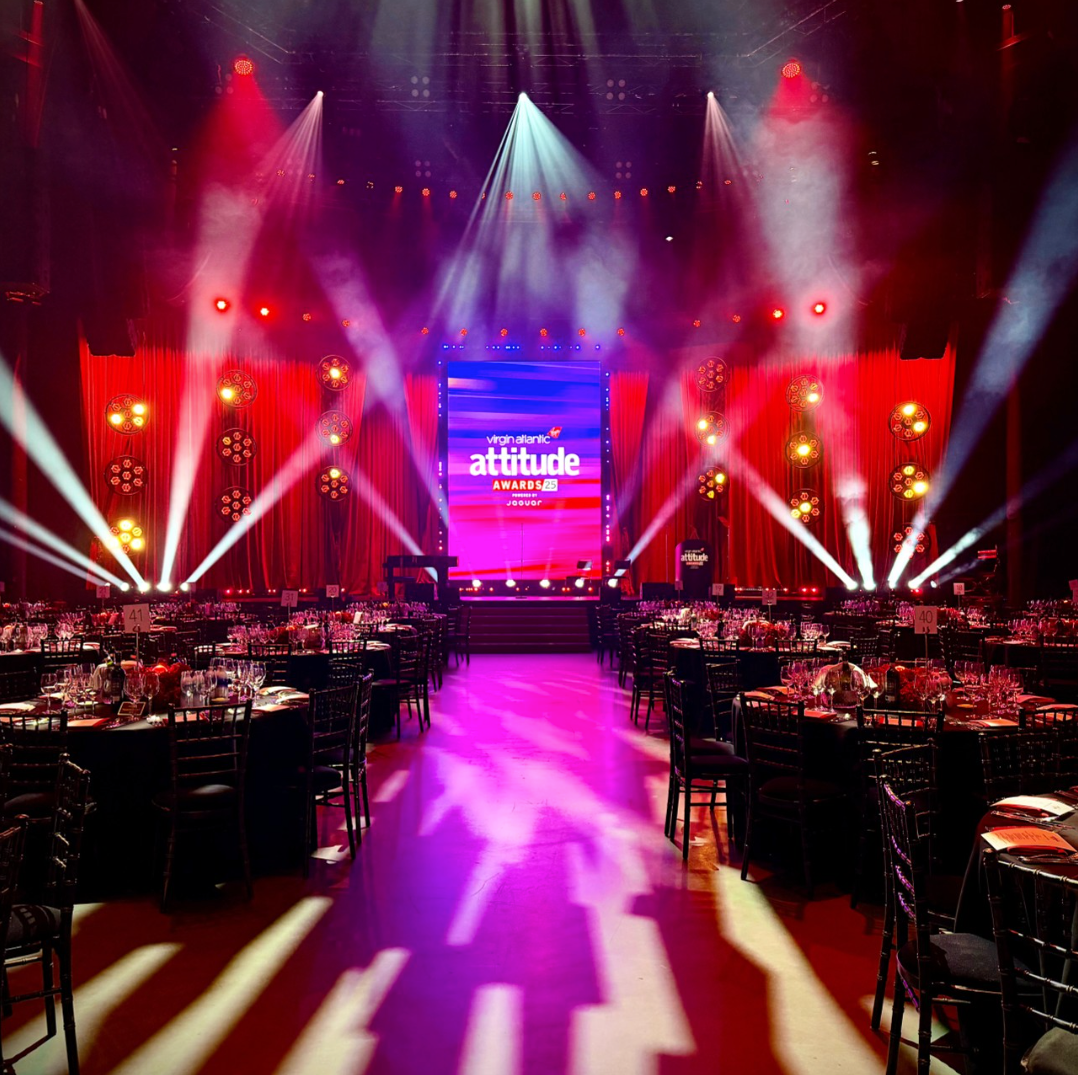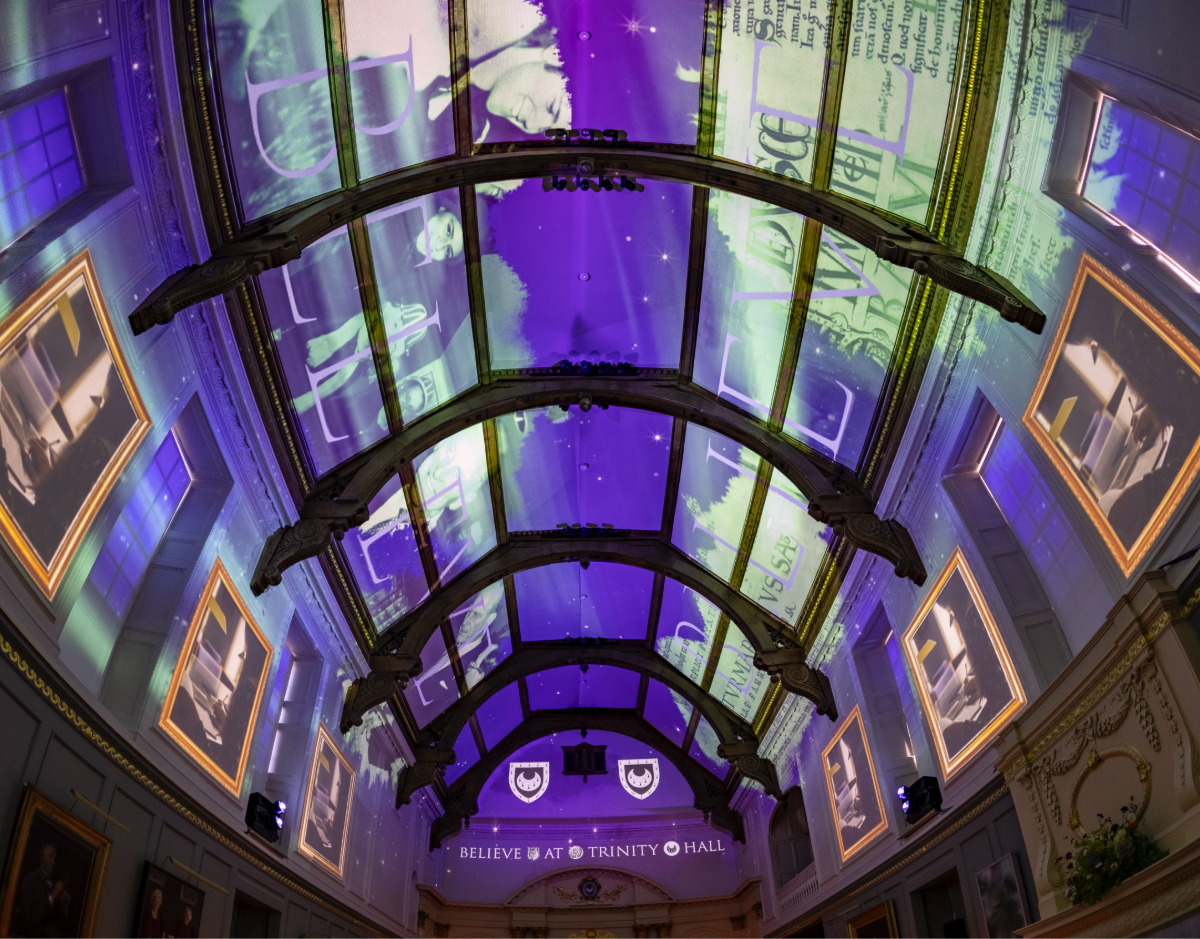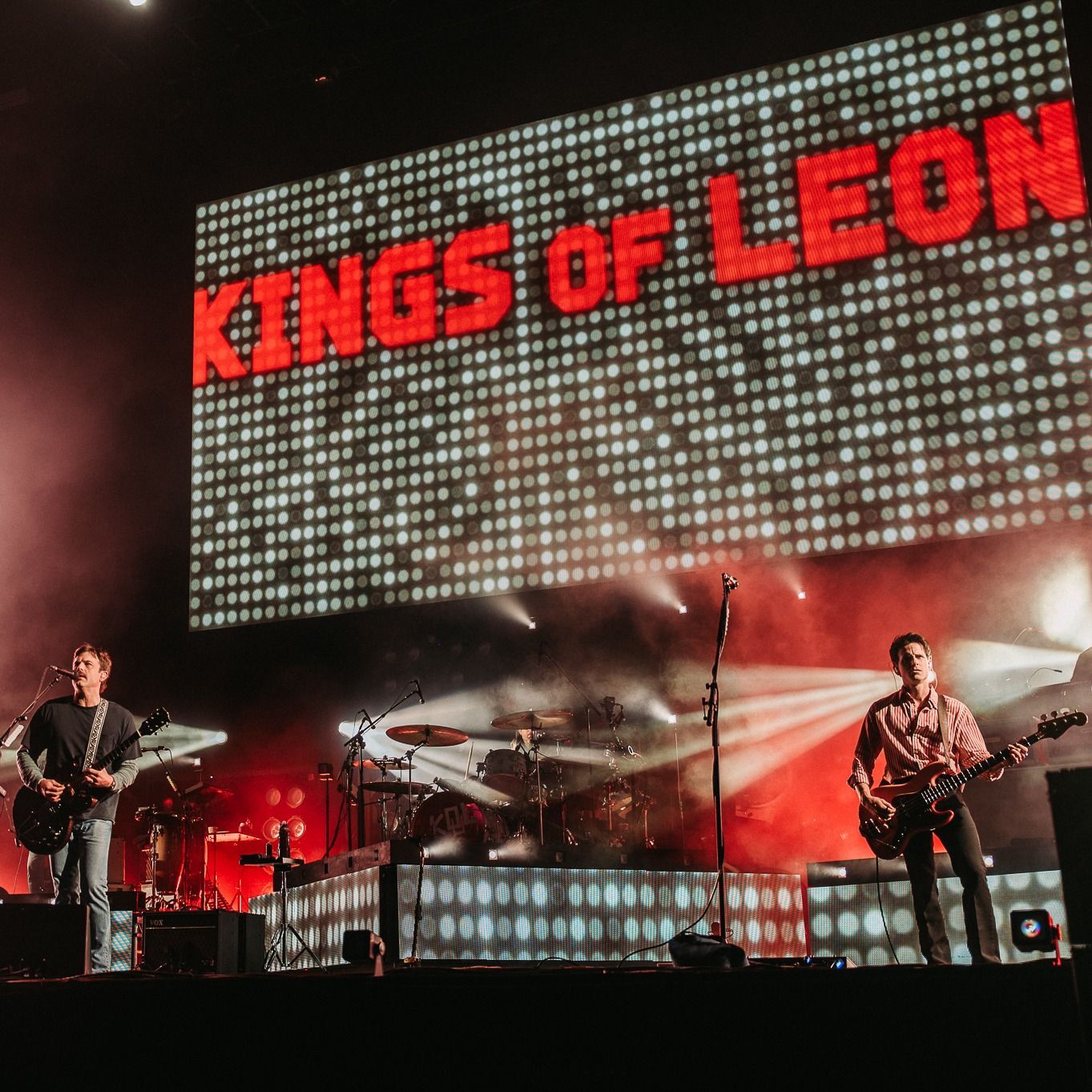How Do You Pick Your Suppliers?
What makes a great supplier? Is it the kit they bring, the price they quote, or something far harder to define — like trust, instinct, and knowing they’ll deliver when the stakes are sky-high?
Few people understand this better than Stephen Maddox, our Creative & Development Director at iMAG. Before joining us, Stephen spent years on the front lines of live events, managing and producing shows that filled arenas across the UK and US, from the dazzling stages of the West End to the electric energy of the O2 and Wembley Arena. In this blog, Stephen opens the curtain on what really goes into choosing the right suppliers. If you’ve ever wondered how professionals build teams that can turn a vision into reality, you’ll want to read on.
While production managing and producing live events and shows across U.S. arenas and U.K. venues, from West End theatres to the O2 and Wembley Arena, a common question outsiders often asked me was: How do you choose your suppliers?
In both cases, my starting point was simple: I used the suppliers the previous team had worked with. Why rock the boat when things are sailing smoothly?
But inevitably, situations arose—on both sides of the Atlantic—where alternative suppliers had to be sourced. Sometimes it was due to availability. Other times, a long-standing supplier had let the team down once too often. And then there were moments when budget constraints meant dusting off the age-old “three quotes” process (and let’s spare a thought for the poor third-quoter, who was never really in the running).
So, how did I go about finding and choosing new suppliers?
Ask Those in the Know
I turned to respected production managers and producers. We’re all in the same game, and we all know that recommendations carry weight. I’d usually ask for a few options, not just their go-to supplier, but also others they trusted. Their referrals were a starting point, a direction to head in.
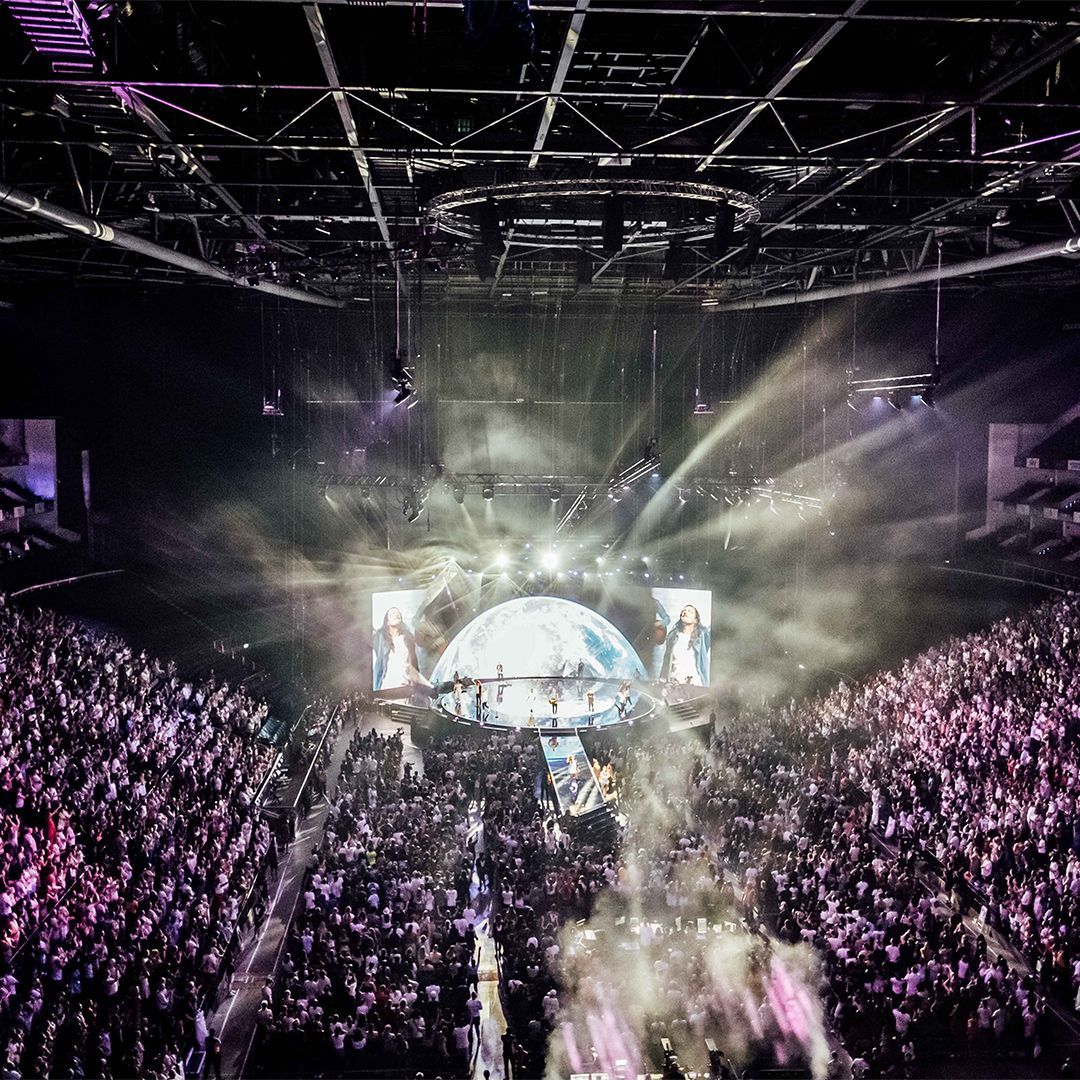
Do Your Research
I checked websites and social media profiles. I wasn’t just looking for flashy reels. I was interested in what kit they had, who they’d worked with, and how current their projects were. In the U.S., especially, where trucking costs can destroy a budget, I was also looking for regional proximity. That said, once I managed to hire Taylor Swift’s LED screen for a one-off event simply because it happened to be passing through at the right time. Right place, right timing.
Meet and Assess
I requested quotes and scheduled meetings. The best meetings happen over a meal, not because you’re judging where they take you or how they season their food, but because how people treat restaurant staff, handle tough questions (mine have been accused of bordering on interrogation—buckle up!), and speak about competitors or previous jobs tells you a lot. Professionalism, attitude, and humility all matter.
Ultimately, the team would debrief after the event, weigh in, and decide whether to work with that supplier again. Objections needed to be grounded, not based on vague vibes or hidden agendas. We were in it to build trust and deliver excellence.
Because in the end, what truly matters is long-term rapport: a team you can rely on, kit that arrives as promised, functions as expected (or at the very least, matches what you ordered—you’d be surprised), and suppliers who are part of the team’s rhythm. That kind of cohesion goes a long way in pulling off seamless events.
Great suppliers don’t just deliver — they inspire, solve problems, and turn challenges into magic moments. If you’re ready to work with a team that can take your creative vision to the next level, we’d love to hear from you!
